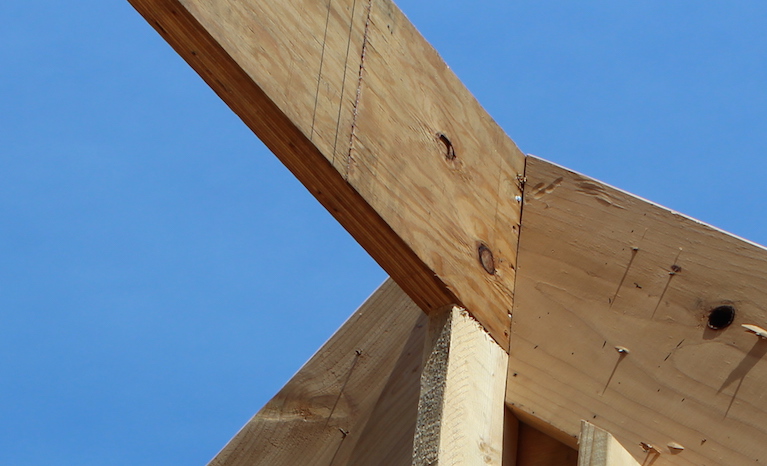The laminated veneer lumber (LVL) manufacturing process creates a strong and stable product that can reliably support large areas.
Wide open spaces are great for country music singers, but can be a real headache for builders. To create large, open rooms, builders and architects must find away to keep the building’s structure rigid without using support columns. Before the development of engineered wood products, builders were limited to large, solid sawn timber which often do not have the dimensional stability and uniformity required. To compensate, additional supports or smaller rooms were the solution. The other alternative was using steel. However, the laminated veneer lumber (LVL) manufacturing process creates a strong and stable product that can reliably support large areas.
Laminated veneer lumber is an engineered wood product created by layering dried and graded wood veneers with waterproof adhesive into blocks of material known as billets. Generally speaking, “engineered wood” is manufactured by bonding together wood strands, veneers, lumber or other forms of wood fiber to produce a larger and integral composite unit that is stronger and stiffer than the sum of its parts. LVL is available in various thicknesses and widths and is easily worked in the on the job site using standard tools. LVLs are designed for use as floor beams, garage door, window and door headers, valley rafters, scaffold planking, and the flange material for prefabricated wood I-joists and ridge and hip beams.
In LVL billets, the grain of each layer of veneer runs in the same direction, rather than cross-lamination which is typical of other engineered wood products such as plywood. The resulting parallel-laminated lumber out-performs conventional lumber when either face- or edge-loaded. LVL is a solid, highly predictable and uniform engineered wood product that is sawn to consistent sizes and is virtually free from warping and splitting.
A second important benefit to LVL is that the veneering and gluing process enables large timbers to be made from relatively small trees of many species, thereby providing for efficient use of forest resources.
© 2001 Renovate with Tommy Mac

